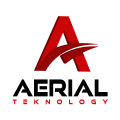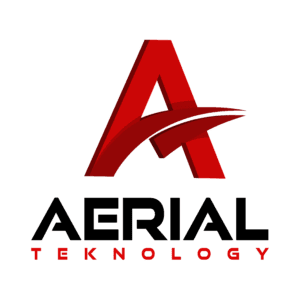Industries
Food
Food Industry
The integration of Information Technology (IT) into the food industry has revolutionized the way we produce, distribute, and consume food. From farm to table, IT systems play a pivotal role in optimizing processes, ensuring food safety, and enhancing customer experiences.
In agriculture, precision farming techniques rely on data analytics and IoT devices to monitor soil conditions, manage crop yields, and minimize waste.
In supply chains, IT streamlines logistics, inventory management, and traceability, enabling swift response to recalls and minimizing foodborne illness risks.

In restaurants and food services, point-of-sale systems, mobile apps, and online ordering platforms have reshaped the dining experience. As technology continues to evolve, the food industry must adapt to remain competitive, sustainable, and customer-centric.
Food Industry IT Challenges
Aerial Teknology is a digital agency serving the food industry in addressing the unique challenges of the market. It brings forth a set of unique challenges.
First and foremost is cybersecurity; protecting sensitive consumer data and proprietary information against cyber threats is paramount.
Additionally, ensuring seamless integration of various IT systems across the supply chain remains a hurdle, as interoperability issues can hinder efficiency.
How Aerial Teknology is Helping the Food Industry?
Aerial Teknology provides comprehensive digital services that improve the food industry’s target market, customer loyalty, product promotion, and customer engagement capabilities. This dynamic shift is driven by several key factors that highlight the profound impact of digital marketing in this sector.
Enhanced Customer Engagement
Aerial Teknology utilizes digital marketing tools, such as social media, email marketing, and interactive websites, enabling food businesses to engage with customers on a personal level.
Through engaging content, feedback mechanisms, and real-time interactions, companies can build stronger relationships with their audience.

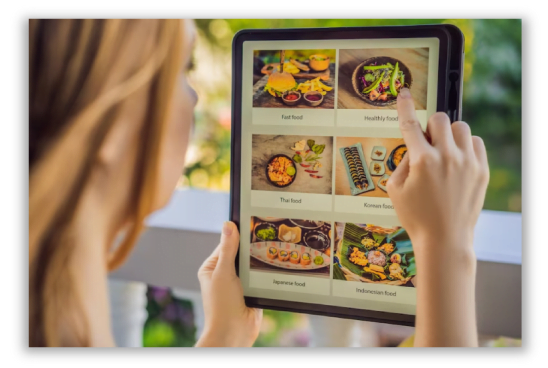
Targeted Advertising
With precise digital marketing campaigns, Aerial Teknology targets the audience. Food businesses can tailor their advertising to reach specific demographics, interests, and behaviors, ensuring that their marketing efforts are more effective and cost-efficient.
Online Ordering and Delivery
The rise of digital marketing has coincided with the growth of online food ordering and delivery services. Restaurants and food delivery platforms leverage digital marketing to promote their services, offer exclusive discounts, and reach a wider audience.
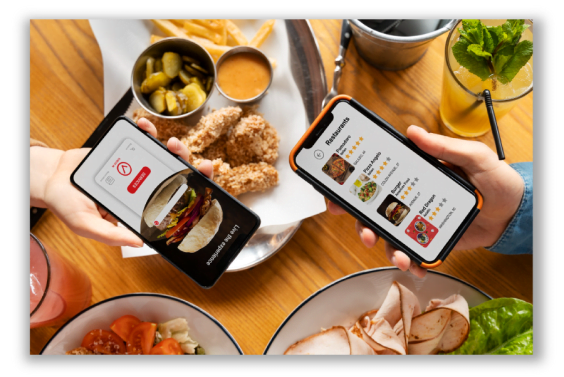
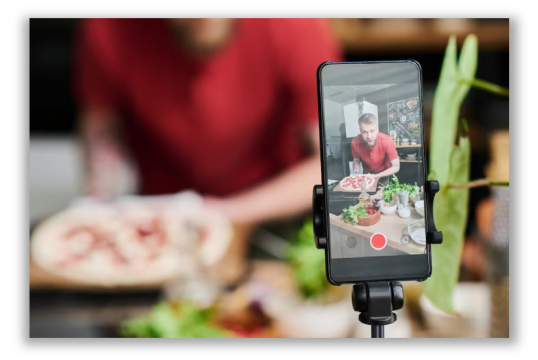
Content Marketing
In the food industry, content is the cornerstone of digital marketing campaigns. Food companies may create engaging content for the audience including cooking tips, blogs, and videos. This aids the promotion and marketing of the food company.
Data-Driven Insights
Digital marketing provides access to valuable data and analytics. Food businesses can track consumer behavior, measure the success of their campaigns, and make data-driven decisions to optimize their marketing strategies.
Social Media Influence
Food influencers and bloggers have gained immense popularity on social media platforms. Brands collaborate with these influencers to showcase their products, reaching a highly engaged and targeted audience.
Loyalty Programs
Digital marketing enables the creation and management of customer loyalty programs. Businesses can reward repeat customers with exclusive discounts and offers, fostering brand loyalty.
Online Reviews and Reputation Management
Online review platforms have a significant impact on consumer choices. Digital marketing strategies often include reputation management efforts to monitor and respond to customer feedback, ensuring a positive brand image.
Global Reach
The Internet transcends geographical boundaries, allowing food businesses to expand their reach beyond local markets. Digital marketing opens up opportunities for international expansion and global brand recognition.
Cost-Effective Marketing
Digital marketing is often more cost-effective than traditional advertising methods. Small businesses with limited budgets can compete with industry giants by strategically utilizing online channels.
Future of IT in the Food Industry
The future of Information Technology (IT) in the food industry promises to be a dynamic and transformative journey, poised to address various challenges while enhancing efficiency, sustainability, and customer experience.
- In the future IT will enable consumers to verify the authenticity and origin of products, enhancing trust and food safety.
- AI-powered algorithms and machine learning models will play a crucial role in predicting food demand, optimizing inventory management, and reducing food waste. These technologies will also enhance quality control by detecting defects and contaminants in real time.
- IT will empower precision agriculture, with sensors and data analytics optimizing crop yields, irrigation, and resource utilization. This will lead to sustainable farming practices and increased food production.
- Robotics will continue to revolutionize food production and delivery, increasing efficiency and reducing labor costs. Automated kitchens, delivery drones, and self-driving delivery vehicles are poised to reshape the restaurant and food delivery sectors.
- 3D printing technology will allow the creation of custom-designed food products, catering to specific tastes and dietary requirements. This could revolutionize both restaurant offerings and food production.
- IT will continue to improve food safety through real-time monitoring, automated recall systems, and better traceability in the event of contamination or outbreaks.
The food industry continues to adapt and harness the advantages of digital technologies. Embracing these changes will improve profitability and enhance efficiency contribute to transparency, be customer-focused, and sustainability of the food ecosystem. However, it will also require addressing challenges like data privacy, cybersecurity, and the digital divide to ensure equitable access and benefits across the industry.
